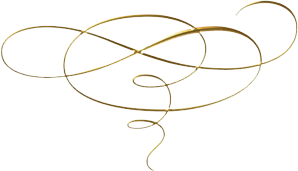CID policy
CID Philosophy
- Dance is the organization of human movement. Dance is a language, choreography is an art, equivalent to literature.
- Everyone should be free to dance (the right to dance) in the same way that they should be free to speak their mind.
- Everyone should start by learning his/her mother language in dance, that is the dances of their grandparents, preferably taught in the family.
- Everyone should have access to other “dance languages”, taught by competent teachers.
- Dancers should strive towards a better quality of movement, just like people can use a refined language to express themselves. Dance is more than a sequence of movements.
- Dance has countless languages, dialects and personal idioms, but the art of dance is one – it requires a holistic, global approach: One world, one dance.
- Dance is the most universal form of culture, it offers globalization without standardization or centralization. It promotes dialogue among civilizations, it can be a symbol of excellence.

CID Proposals
Education
- a) Dance at all levels of formal education
- b) Dance departments at Universities
Legislation
- a) Copyright protection
- b) Recognition of the profession
- c) State diplomas for each form of dance
Social Security
- a) Social Security adapted to dancers
- b) Transition to other professions
- c) Private insurance schemes
Exposure
- a) Time in national TV and radio; space in newspapers
- b) Increased visibility of dance events
- c) Tax incentives for sponsors
Equality with other arts
- a) Proportional allocation in the state budget for culture
- b) Autonomy of national dance academies and companies
Balance between dance forms
- a) There are no “higher” and “lower” dance forms
- b) Quality is one thing, equality is another
Dance Day
- a) Officialize the celebration, include it in school programs
Institutions
- a) Set up dance documentation centers
- b) Set up dance museums
- c) Preserve archives of companies, schools, persons
- d) Validate prizes of serious competitions
- e) Accreditation of certificates, by independent bodies
CID functions
In application of the policy of UNESCO in the area of dance, CID functions as:
– a laboratory of ideas – defining emerging problems and identifying strategies to deal with them
– a clearinghouse – sharing information, knowledge and best practices, identifying innovative solutions and testing them through pilot projects.
– a standard-setter – promoting the establishment of common rules of practice.
– a capacity-builder – advising Member Sections towards the development of policies, national strategies, projects, studies, raising funds for their execution and, finally, evaluation.
– a catalyst for international cooperation – developing cooperation for the convergence of work which otherwise would be dispersed, thus less effective, and risk being ignored.
